Home>Storage & Organization>Kitchen Organizing Tools>How To Teach An Older Cat To Use A Litter Box
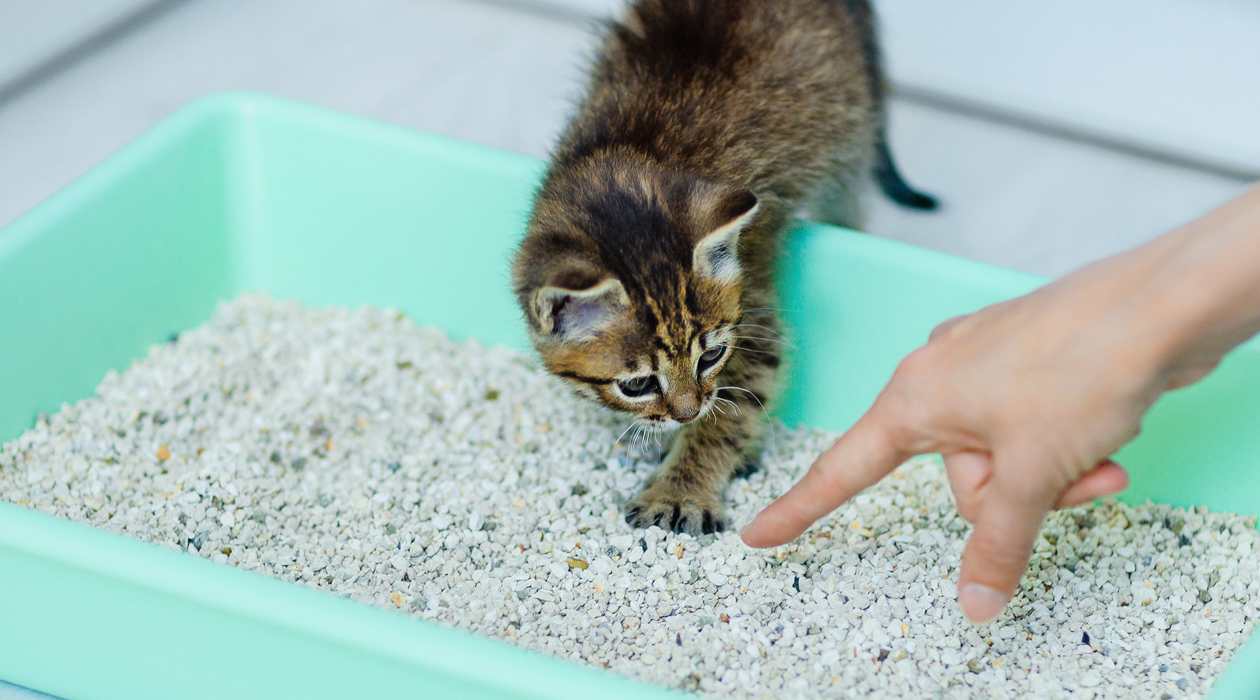

Kitchen Organizing Tools
How To Teach An Older Cat To Use A Litter Box
Modified: March 2, 2024
Discover effective methods for teaching an older cat to use a litter box with the right kitchen organizing tools. Ensure a seamless transition for your feline friend.
(Many of the links in this article redirect to a specific reviewed product. Your purchase of these products through affiliate links helps to generate commission for Storables.com, at no extra cost. Learn more)
Introduction
Teaching an older cat to use a litter box can be a challenging yet rewarding endeavor. As cats age, they may experience physical limitations, cognitive changes, or medical conditions that affect their litter box habits. It's essential to approach this process with patience, understanding, and a willingness to adapt to your cat's unique needs.
Older cats may require a different approach to litter box training compared to younger felines. They might have developed preferences or aversions to certain litter box setups, making it crucial to tailor the training process to suit their individual requirements. By understanding the specific challenges associated with teaching an older cat to use a litter box, you can create a supportive environment that promotes successful litter box habits.
In this comprehensive guide, we will explore the nuances of training an older cat to use a litter box, from creating the right environment to choosing the appropriate litter box and litter. Additionally, we will delve into effective strategies for encouraging your older cat to use the litter box and address potential setbacks and challenges that may arise along the way.
By the end of this guide, you will be equipped with the knowledge and insights needed to guide your older cat through the transition to using a litter box effectively. Let's embark on this journey of understanding and patience as we strive to create a comfortable and accommodating litter box experience for our beloved senior feline companions.
Key Takeaways:
- Older cats may struggle with litter box use due to mobility issues, cognitive changes, and medical conditions. Creating a comfortable, accessible, and stress-free environment can help them develop positive litter box habits.
- When teaching an older cat to use a litter box, consider their unique needs and challenges. Gentle encouragement, consistent routines, and addressing aversions can help them embrace the litter box for a comfortable and reliable elimination experience.
Read more: How To Teach A Cat To Use A Litter Box
Understanding the challenges of teaching an older cat to use a litter box
Teaching an older cat to use a litter box presents a unique set of challenges that require a nuanced approach. As cats age, they may encounter physical and cognitive changes that can impact their litter box habits. Understanding these challenges is crucial for devising effective strategies to facilitate a smooth transition to using a litter box.
One of the primary challenges is related to age-related mobility issues. Older cats may experience arthritis, reduced muscle tone, or joint stiffness, making it difficult for them to access a traditional litter box with high sides or a narrow entrance. Additionally, senior cats may struggle with balance and coordination, further complicating their ability to navigate a standard litter box comfortably.
Cognitive changes can also influence an older cat's litter box behavior. As cats age, they may experience cognitive decline, leading to confusion or forgetfulness regarding the location of the litter box. This can result in accidents outside the box, as the cat may struggle to remember where to eliminate.
Furthermore, older cats may develop aversions to certain types of litter or litter box designs over time. They may have preferences for specific textures or may be sensitive to scented litters, leading to reluctance or refusal to use the litter box.
Medical conditions such as urinary tract issues or kidney disease are prevalent in older cats and can significantly impact their litter box habits. Cats experiencing discomfort or pain while urinating may associate the litter box with their discomfort, leading to avoidance behaviors.
Moreover, environmental factors, such as the location of the litter box or changes in the household dynamics, can contribute to stress and anxiety in older cats, affecting their willingness to use the litter box consistently.
Understanding these challenges is essential for tailoring the litter box training process to accommodate the specific needs of older cats. By recognizing the physical, cognitive, and emotional factors that influence their litter box behavior, caregivers can implement thoughtful adjustments to the environment and litter box setup, ultimately supporting their older feline companions in developing positive litter box habits.
Creating the right environment for your older cat
Creating a conducive environment for your older cat is paramount in facilitating successful litter box habits. As cats age, they may encounter physical limitations and cognitive changes that necessitate thoughtful adjustments to their surroundings. By tailoring the environment to accommodate their specific needs, you can promote comfort, accessibility, and a sense of security, ultimately fostering positive litter box behaviors.
Providing easy access to the litter box
Older cats may experience mobility issues, such as arthritis or reduced joint flexibility, making it challenging for them to navigate traditional litter boxes with high sides or narrow entrances. To address this, opt for litter boxes with low entry points or consider using a litter pan with a cutout entrance, allowing your cat to enter and exit with minimal effort. Additionally, ensure that the litter box is easily accessible and strategically placed in a quiet, low-traffic area to minimize stress and promote regular use.
Creating a comfortable and inviting space
The litter box area should be inviting and comfortable for your older cat. Consider placing the litter box in a warm, well-lit area to enhance visibility and create a welcoming environment. Providing a nonslip surface around the litter box can offer stability for older cats with balance or coordination challenges, reducing the likelihood of slips or falls during elimination.
Read more: How To Teach A Feral Cat To Use A Litter Box
Maintaining a clean and odor-free environment
Older cats may be more sensitive to odors and cleanliness, making it essential to keep the litter box area impeccably clean. Regularly scoop the litter box to remove waste and clumps, and replace the litter as needed to ensure freshness. Additionally, consider using unscented litter to minimize potential aversions and provide a pleasant elimination experience for your older cat.
Addressing environmental stressors
Environmental stressors can significantly impact an older cat's litter box habits. Changes in the household, such as the introduction of new pets or alterations to the living space, can induce anxiety and reluctance to use the litter box. Minimize stress by maintaining a consistent routine and providing a calm, predictable environment for your older cat. Additionally, ensure that the litter box is placed in a secure, private location to offer a sense of privacy and safety during elimination.
By creating a tailored environment that prioritizes accessibility, comfort, cleanliness, and emotional well-being, you can support your older cat in developing positive litter box habits. These thoughtful adjustments can contribute to a smooth and successful transition to using the litter box, ultimately enhancing your older cat's quality of life and well-being.
Choosing the right litter box and litter
Selecting the appropriate litter box and litter is pivotal in facilitating a comfortable and accommodating elimination experience for your older cat. When choosing a litter box, consider the specific needs and limitations of your senior feline companion to ensure optimal accessibility and functionality.
Litter box considerations
Opt for a litter box with low sides or a cutout entrance to accommodate older cats with mobility challenges. A box with a spacious interior provides ample room for maneuvering, addressing potential discomfort associated with confined spaces. Additionally, consider a larger litter box to offer sufficient space for your older cat to assume a comfortable posture during elimination, promoting a stress-free experience.
Read more: Why Do Older Cats Stop Using The Litter Box
Litter box placement
Strategically position the litter box in a quiet, easily accessible location to encourage regular use. Avoid placing the litter box in high-traffic areas or near noisy appliances to minimize stress and promote a sense of security for your older cat. Furthermore, ensure that the litter box is conveniently located on the same level as the living space, eliminating the need for your cat to navigate stairs or elevated surfaces.
Litter selection
When choosing litter for your older cat, opt for a soft, non-abrasive texture to provide comfort during elimination. Unscented, clumping litter is often preferred as it minimizes potential aversions related to strong odors and offers convenient waste removal. Additionally, consider dust-free litter to mitigate respiratory discomfort, especially for older cats with sensitivities or respiratory issues.
Litter box maintenance
Regularly clean the litter box to uphold a hygienic environment for your older cat. Scoop the litter box at least once a day to remove waste and clumps, ensuring that the litter remains fresh and inviting. Periodically replace the litter entirely, adhering to the recommended frequency based on the type of litter used. Maintaining a clean litter box is essential for promoting consistent litter box habits and preventing aversions due to odor or unsanitary conditions.
By thoughtfully selecting a suitable litter box and litter that align with your older cat's needs and preferences, you can create a supportive and accommodating elimination environment. These considerations contribute to a positive and comfortable litter box experience, ultimately fostering successful litter box habits for your beloved senior feline companion.
Encouraging your older cat to use the litter box
Encouraging an older cat to use the litter box involves patience, understanding, and strategic interventions tailored to the unique needs of senior feline companions. As cats age, they may encounter physical limitations, cognitive changes, or aversions that influence their litter box habits. By implementing supportive measures and positive reinforcement, caregivers can effectively encourage their older cats to embrace the litter box as a comfortable and reliable elimination space.
Read more: How To Retrain A Cat To Use A Litter Box
Establishing a consistent routine
Consistency is key when encouraging an older cat to use the litter box. Establish a predictable routine for feeding, playtime, and litter box maintenance to provide a sense of stability and security for your senior feline companion. Consistent meal times and elimination opportunities can help regulate your cat's natural elimination instincts, promoting regular use of the litter box.
Gentle encouragement and reassurance
Provide gentle encouragement and reassurance to your older cat as they navigate the litter box transition. Offer verbal praise, gentle petting, or a favorite treat when your cat uses the litter box successfully. Positive reinforcement creates a positive association with the litter box, reinforcing the desired behavior and fostering a sense of accomplishment for your older cat.
Monitoring and supervision
Monitor your older cat's litter box habits and provide supervision as needed, especially during the initial stages of the transition. Observe your cat's behavior and body language to identify signs of discomfort, confusion, or reluctance. By staying attuned to your cat's needs, you can offer timely support and guidance, addressing any challenges that may arise during the adjustment period.
Addressing aversions and preferences
Take note of your older cat's litter preferences and aversions, and make adjustments accordingly. If your cat displays reluctance towards a particular type of litter or litter box, experiment with alternative options to identify the most appealing choice. Offering a variety of litter textures or exploring different litter box designs can help accommodate your cat's individual preferences, ultimately promoting acceptance and consistent use of the litter box.
Read more: Why Would A Cat Not Use A Litter Box?
Creating a stress-free environment
Minimize environmental stressors that may deter your older cat from using the litter box. Ensure that the litter box area remains tranquil and free from disruptions, providing a calm and inviting space for elimination. Additionally, maintain a peaceful household environment, offering your older cat a sense of security and comfort as they navigate the litter box transition.
By implementing these strategies and maintaining a patient, supportive approach, caregivers can effectively encourage their older cats to embrace the litter box as a comfortable and reliable elimination space. With time, patience, and understanding, older cats can successfully transition to using the litter box, enhancing their overall well-being and quality of life.
Dealing with setbacks and challenges
Navigating the process of teaching an older cat to use a litter box may encounter setbacks and challenges, requiring patience, adaptability, and proactive problem-solving. Understanding and addressing these obstacles is essential for maintaining a supportive and effective approach to litter box training for senior feline companions.
One common setback involves resistance or reluctance from the older cat to use the litter box consistently. This resistance may stem from aversions to the litter texture, scent, or the litter box design. Additionally, older cats may exhibit anxiety or stress-related behaviors that manifest as avoidance of the litter box. When faced with such challenges, it's crucial to approach the situation with empathy and a willingness to explore alternative solutions.
Medical issues can also pose significant challenges to successful litter box training for older cats. Conditions such as arthritis, urinary tract problems, or cognitive decline can impact a cat's ability to comfortably and confidently use the litter box. Caregivers must remain vigilant in monitoring their older cats' health and promptly address any medical concerns that may be contributing to litter box avoidance or accidents.
Environmental factors, such as changes in the household dynamics or disruptions to the cat's routine, can disrupt litter box habits. Older cats may be particularly sensitive to alterations in their environment, leading to stress-induced aversions to the litter box. Caregivers should strive to maintain a stable and predictable environment for their older cats, minimizing potential stressors and creating a reassuring space for litter box use.
When faced with setbacks and challenges during the litter box training process, caregivers should adopt a proactive and adaptable approach. This may involve consulting with a veterinarian to address any underlying medical issues, experimenting with different litter types and box configurations, or implementing behavior modification techniques to alleviate stress and anxiety.
Consistency, patience, and a deep understanding of the unique needs of older cats are essential in overcoming setbacks and challenges during litter box training. By remaining attuned to their older cat's behavior, health, and environmental needs, caregivers can navigate obstacles effectively, ultimately fostering positive litter box habits and enhancing the well-being of their senior feline companions.
Conclusion
In conclusion, teaching an older cat to use a litter box requires a compassionate and tailored approach that considers the unique needs and challenges faced by senior feline companions. As cats age, they may encounter physical limitations, cognitive changes, and medical conditions that influence their litter box habits, necessitating thoughtful adjustments and supportive interventions from caregivers.
Creating the right environment for older cats is fundamental in promoting successful litter box habits. By prioritizing accessibility, comfort, cleanliness, and emotional well-being, caregivers can establish a conducive environment that encourages regular use of the litter box. Thoughtful considerations such as easy access, comfort, cleanliness, and stress reduction contribute to a positive elimination experience for older cats.
Choosing the right litter box and litter is pivotal in providing a comfortable and accommodating elimination space for older cats. Selecting a litter box with low sides, a spacious interior, and strategic placement, along with opting for soft, unscented litter, supports the development of positive litter box habits and addresses potential aversions or discomfort.
Encouraging older cats to use the litter box involves establishing a consistent routine, providing gentle encouragement and reassurance, monitoring and addressing aversions, and creating a stress-free environment. These strategies promote a positive association with the litter box and foster a comfortable and reliable elimination experience for senior feline companions.
Navigating setbacks and challenges during the litter box training process requires patience, adaptability, and proactive problem-solving. By addressing resistance, medical issues, and environmental stressors with empathy and a willingness to explore alternative solutions, caregivers can overcome obstacles and support their older cats in developing consistent litter box habits.
In essence, the journey of teaching an older cat to use a litter box is a testament to the bond between caregivers and their senior feline companions. By understanding the nuances of aging and approaching the training process with empathy, patience, and adaptability, caregivers can create a supportive environment that promotes comfort, confidence, and well-being for their older cats. Ultimately, successful litter box training enhances the quality of life for senior feline companions and strengthens the enduring bond between cats and their devoted caregivers.
Frequently Asked Questions about How To Teach An Older Cat To Use A Litter Box
Was this page helpful?
At Storables.com, we guarantee accurate and reliable information. Our content, validated by Expert Board Contributors, is crafted following stringent Editorial Policies. We're committed to providing you with well-researched, expert-backed insights for all your informational needs.
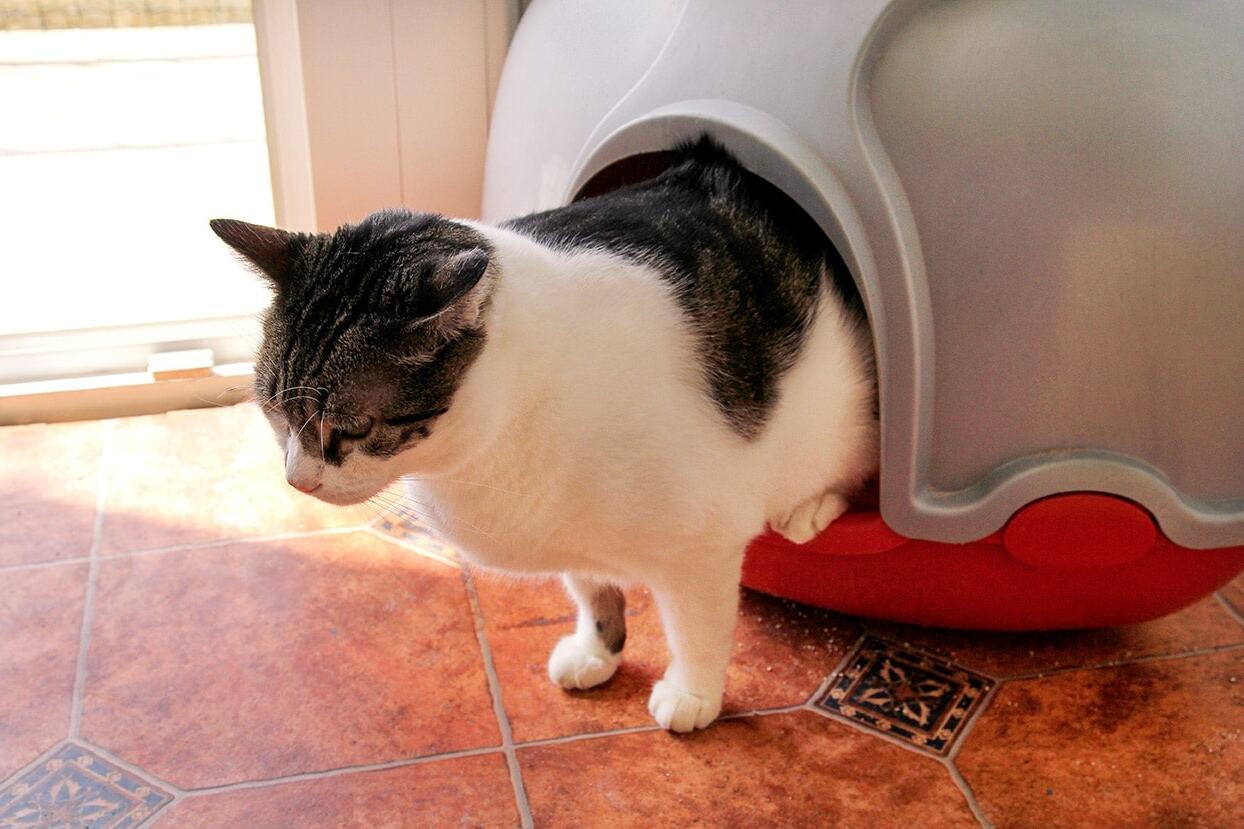
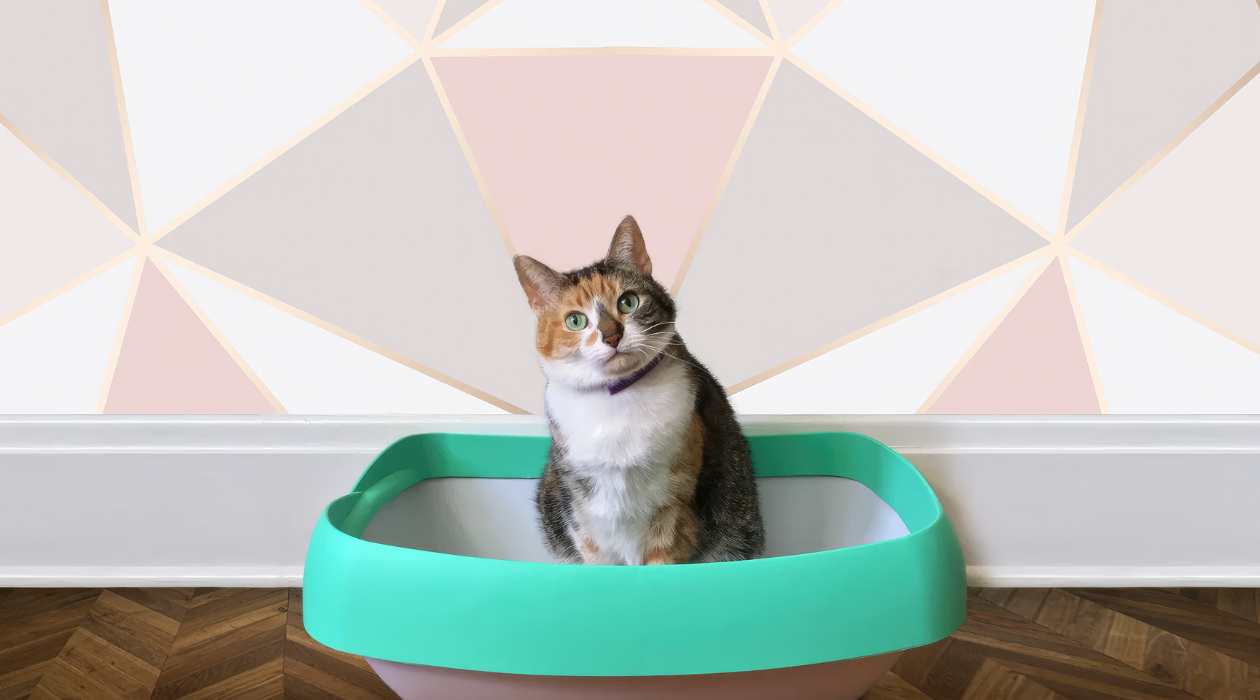
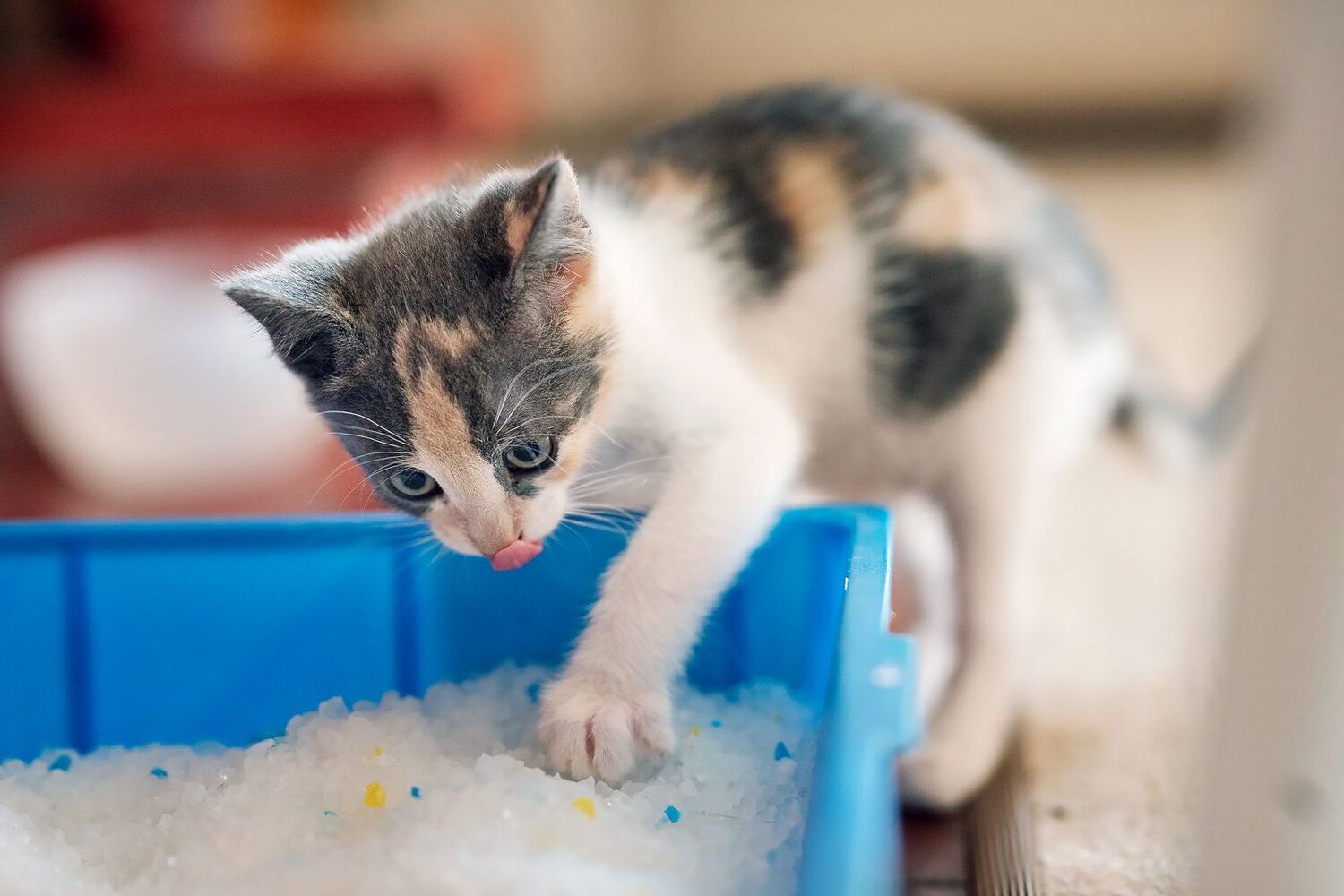
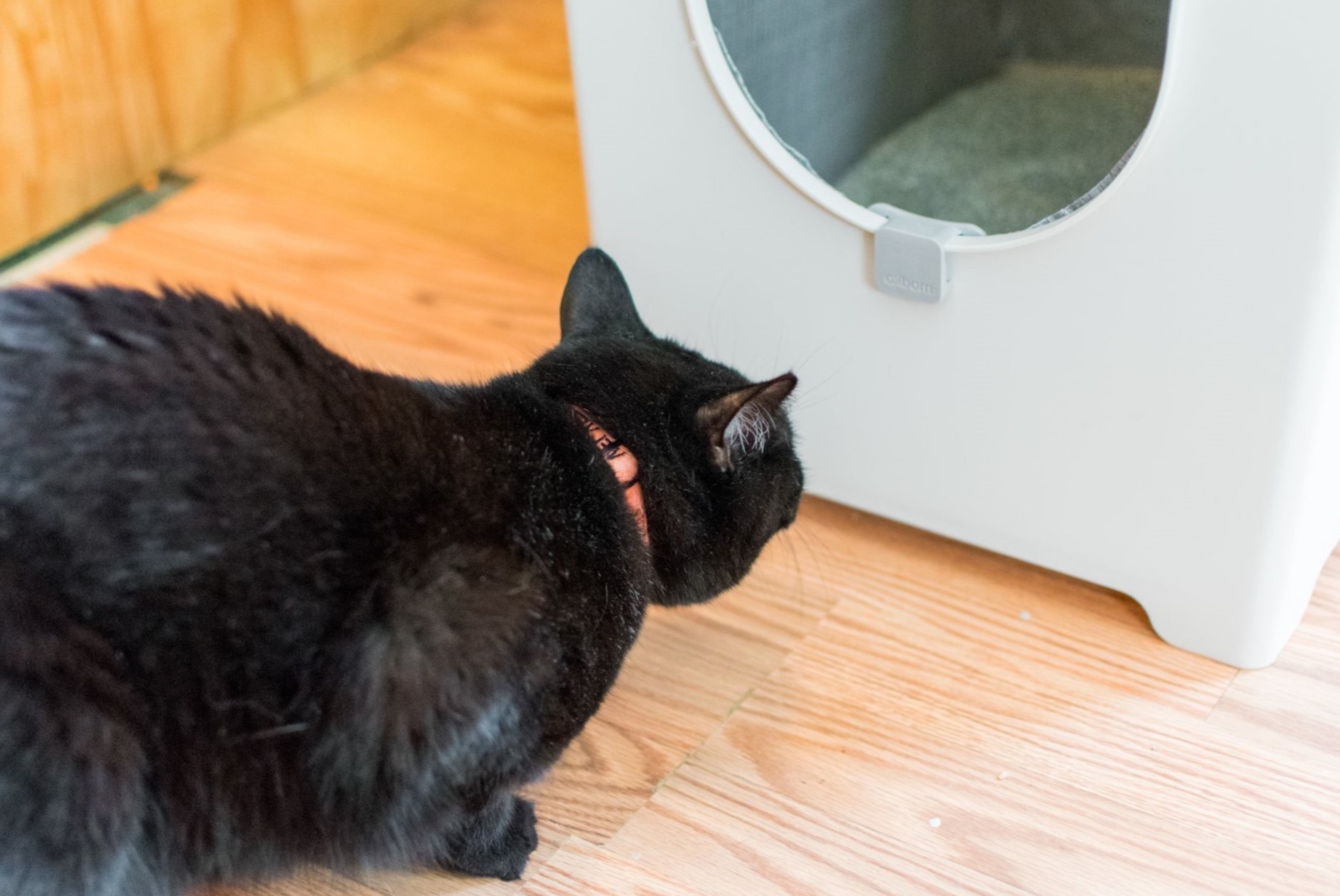
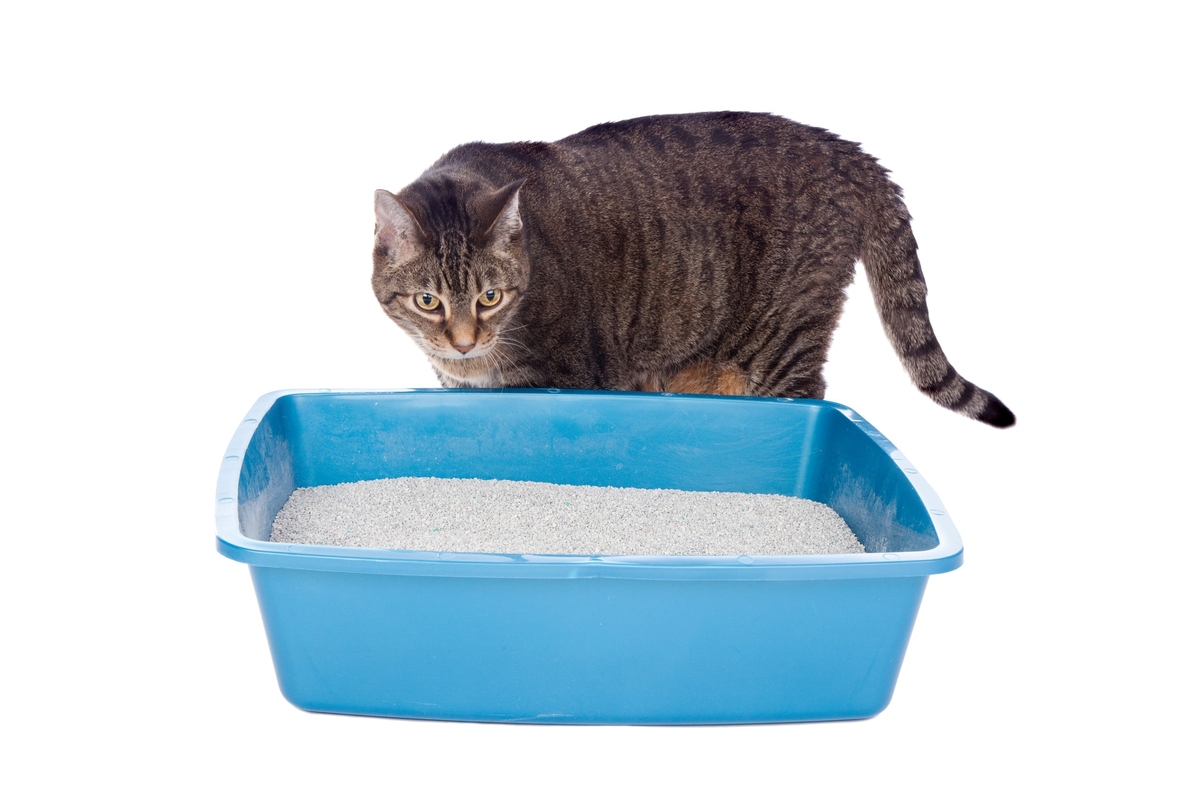
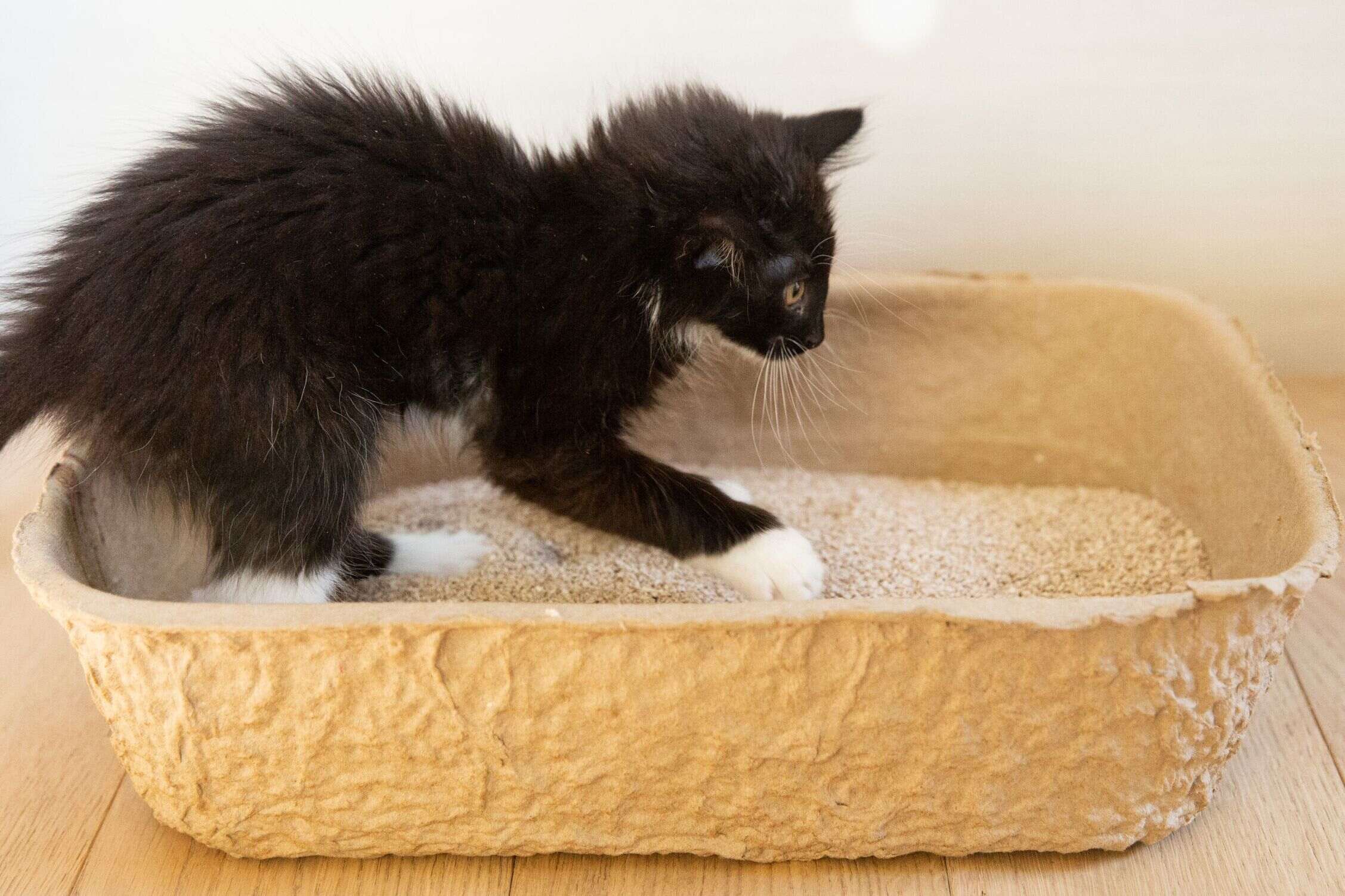
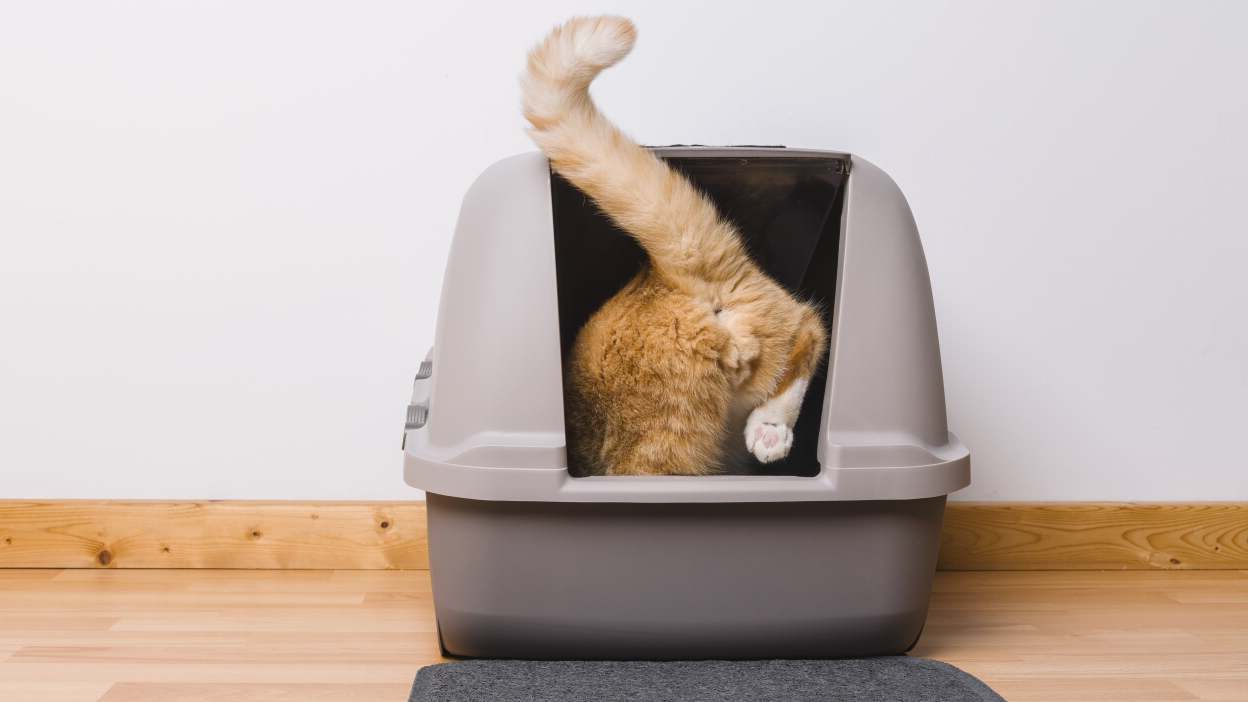
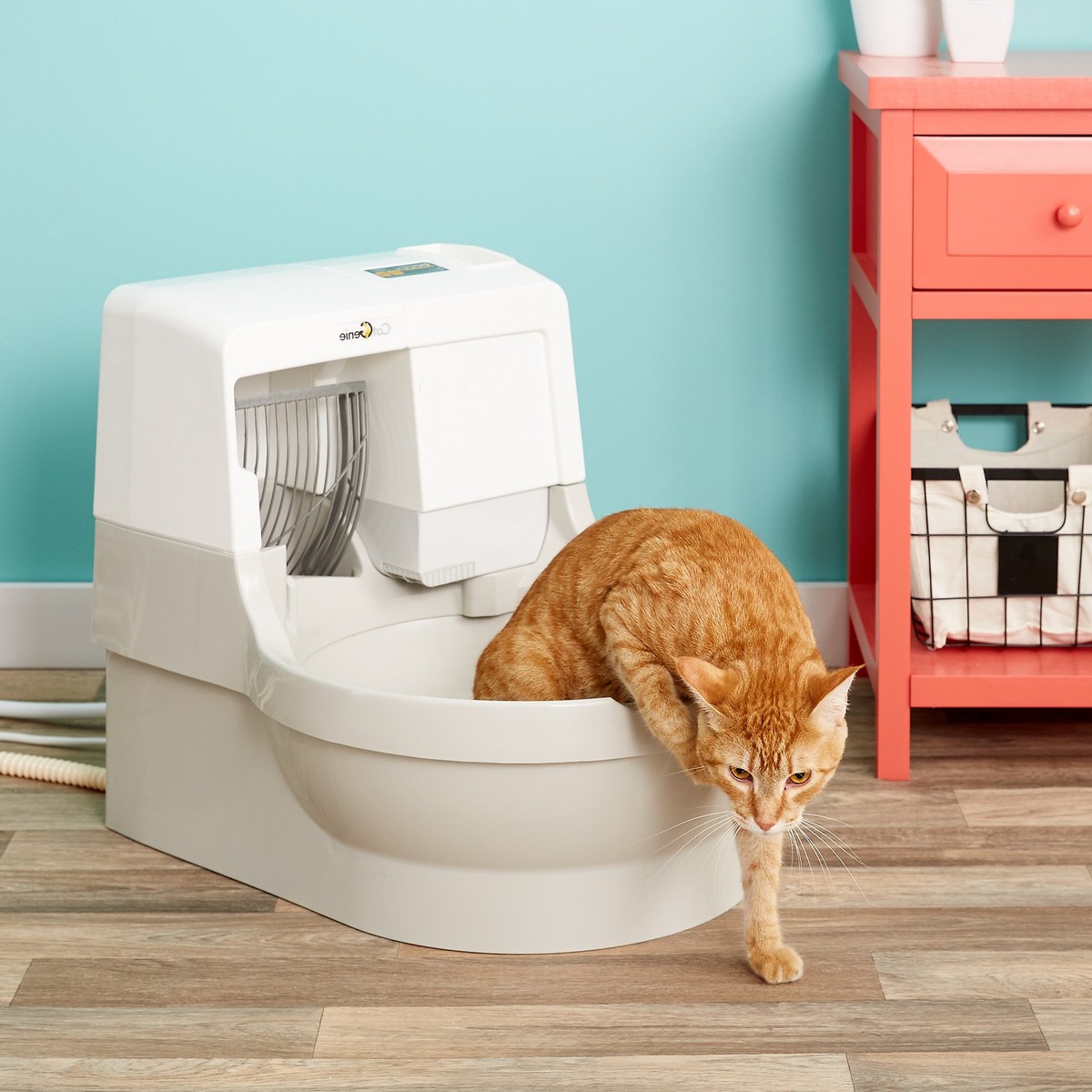
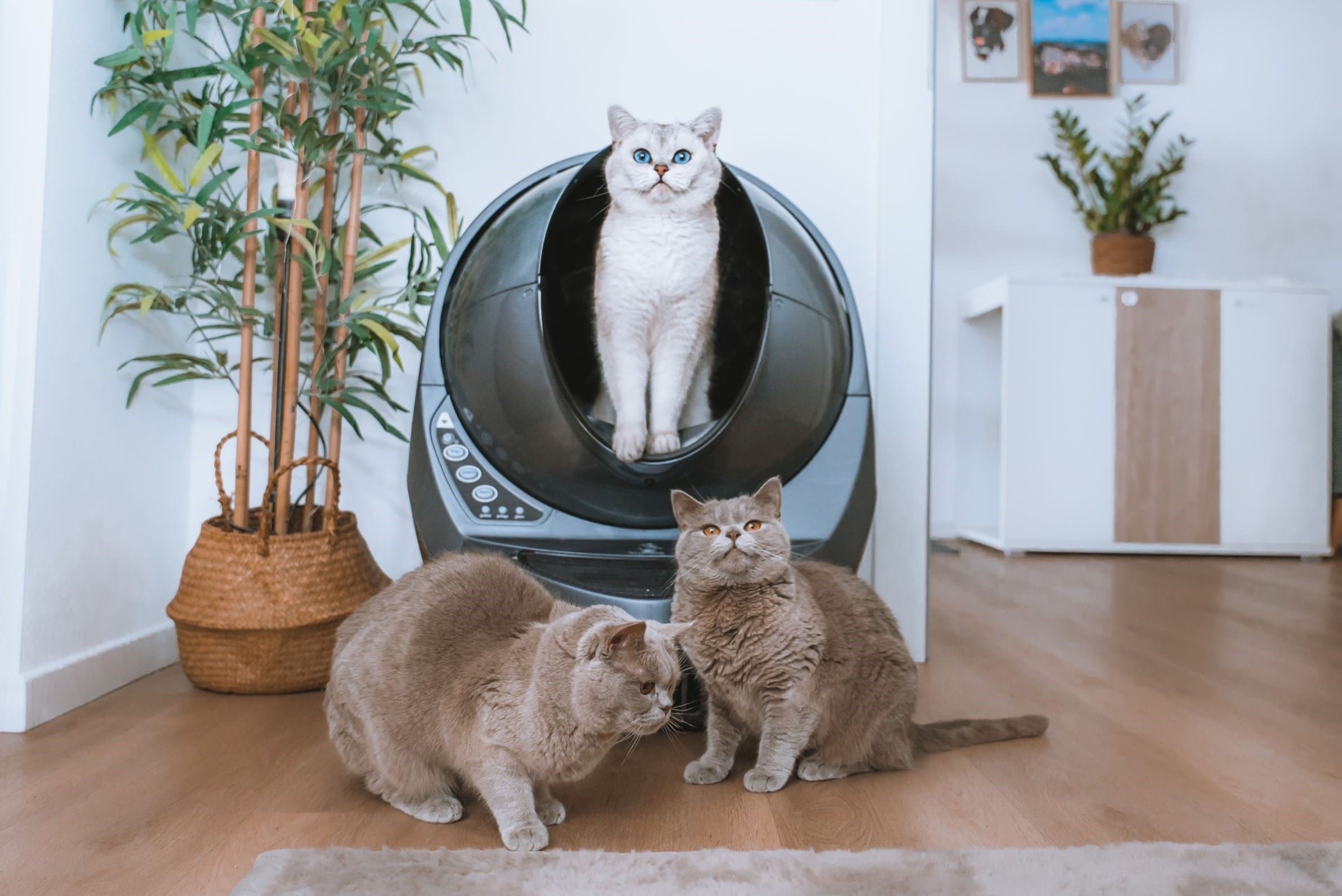
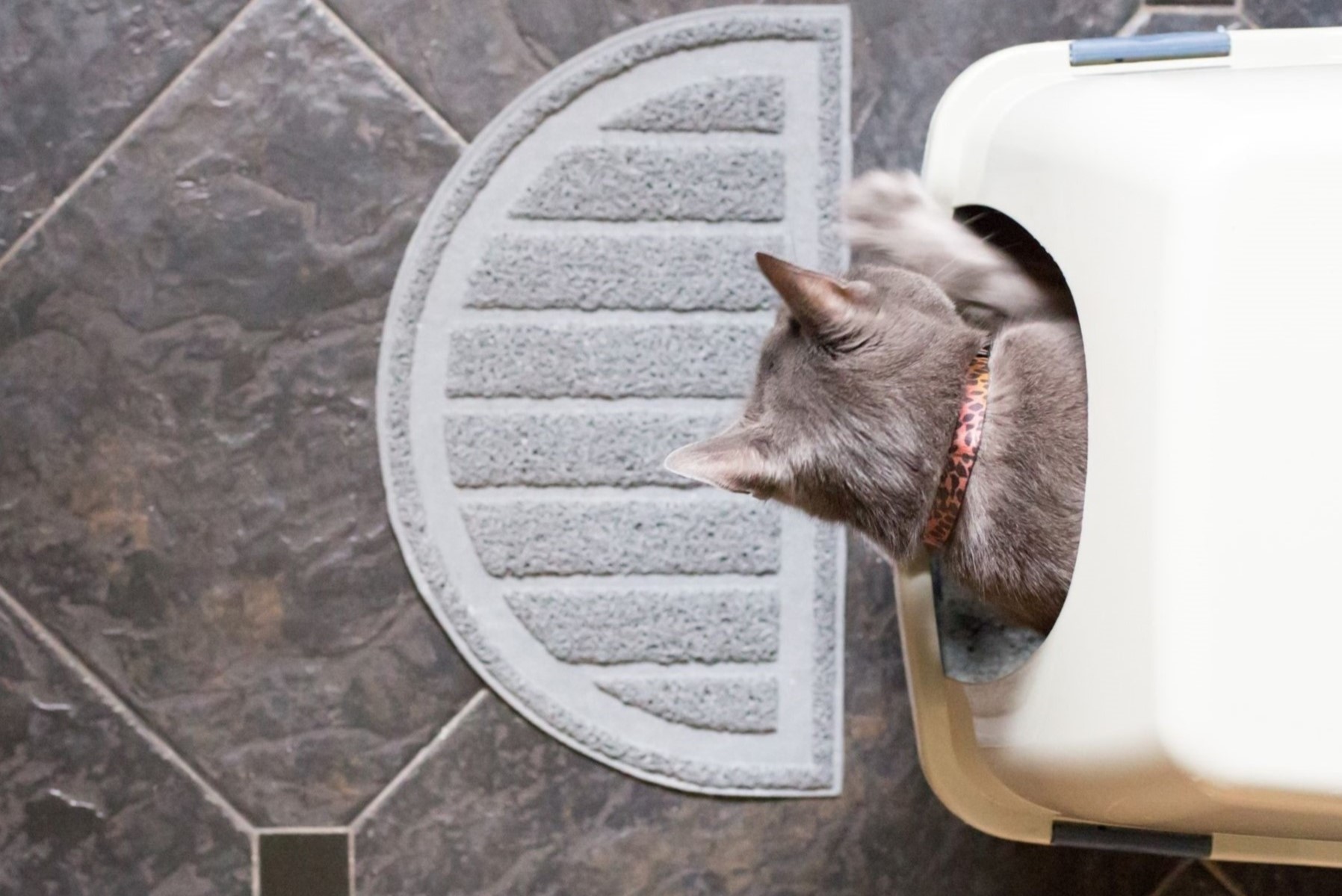
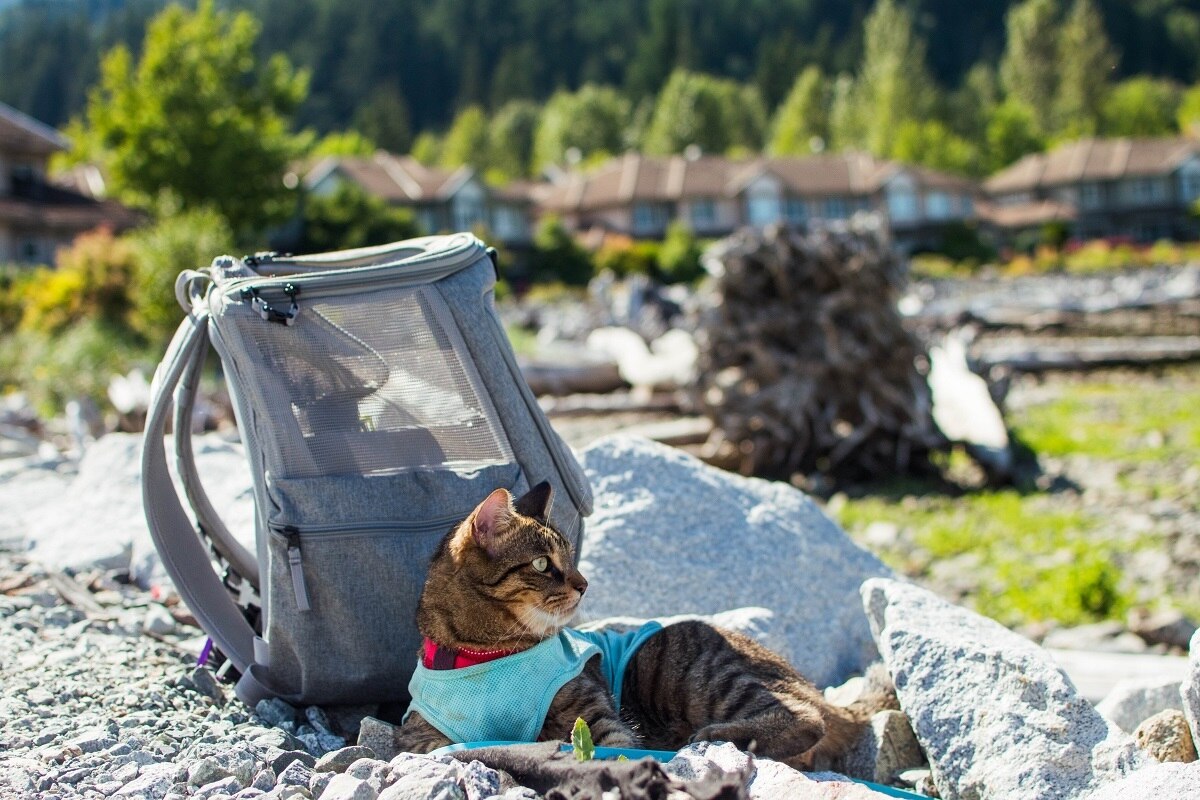

0 thoughts on “How To Teach An Older Cat To Use A Litter Box”